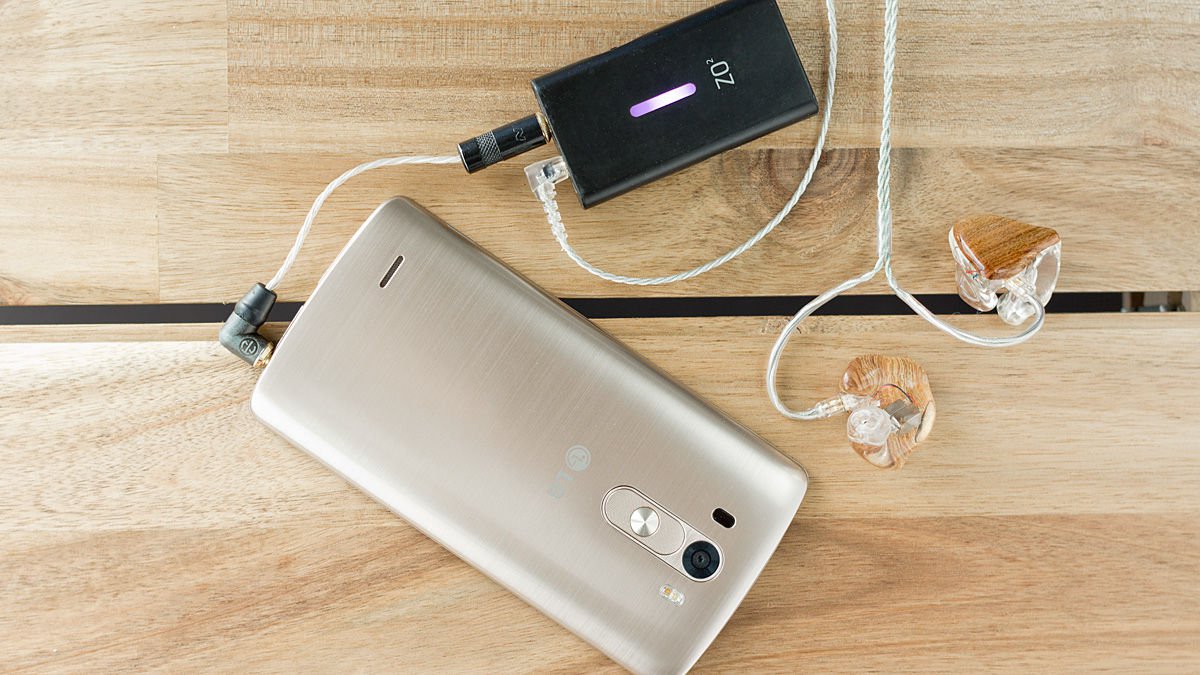
How do you ensure that your music sounds as good as it possibly can? It sounds like a simple question with a straightforward solution, but there’s a lot more going on behind the scenes than you may realise.
The important thing to remember is that audio quality is a multiplicative, not additive process. Every step — from the original recording’s mixing and mastering, to the audio file that you play or stream, to your smartphone’s audio hardware, to your headphones — has an effect on the sound waves that hit your ears. This audio chain is only as strong as its weakest link.
Therefore, to get great-sounding music, every part of the chain has to be great. We’ll look at all the pieces you can control, in order: the source of your music, whether a downloaded file or a streamed song; the DAC built into your smartphone; and the wired connector or wireless standard you use to get music into your headphones.
Stored Files & Streaming
When it comes to enjoying great sound, it all starts at the source.
First, let’s talk about playing music that you’ve ripped from CDs or vinyls, downloaded from iTunes or Amazon, or acquired through less legitimate means. Whatever the delivery vector, you’re left with some files that you can copy onto your phone, usually with the .MP3 or .AAC suffix. These are both examples of lossy audio, meaning the files have been compressed to save space, and some information from the original recording has been lost.
This isn’t a bad thing; it means you can fit many more songs into your phone’s limited storage space. Done right, it also doesn’t adversely affect the song’s fidelity; you’re left with a much smaller file that’s aurally indistinguishable from the original (source, PDF).
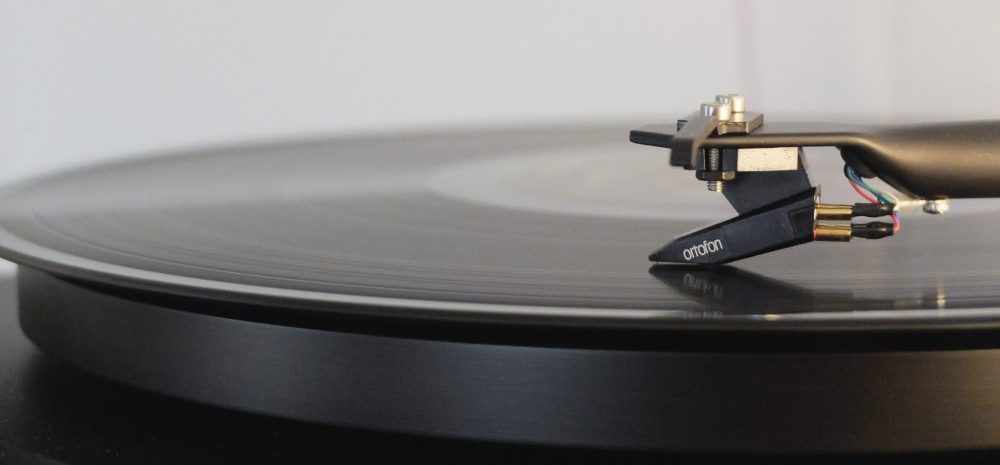
Where MP3 and AAC run into problems is when they are not made well. If the bitrate is set too low during the encoding process — at 128 Kbps or below — then the differences start to become apparent, particularly if you’re using a good set of headphones.
Another problem is degradation. Each time an MP3 file is re-encoded and re-compressed, more information is lost and artefacts like crackles and hiss can be introduced. If you download an MP3 from Amazon, this isn’t an issue — they know well enough to make their MP3s from the original source, and deliver that to you untouched. Conversely, if you then burn that MP3 to another CD, lose the original file, rip it back from the CD, re-encode it to AAC… then you’re going to start to notice flaws that weren’t there on the original version.
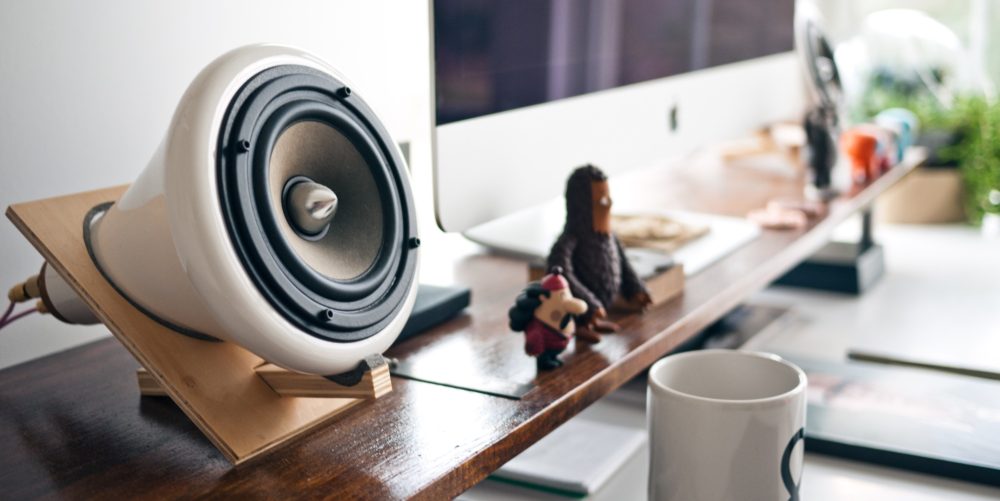
So what’s the solution? One is lossless encoding, a process during which audio files are compressed as much as possible without losing any detail.
You may remember .WAV files from old Windows PCs, which were used in early video games and as system alert noises; these are lossless files. You may also remember that WAV files are also incredibly large; ripping a 10 track album in .WAV would take hundreds of megabytes, where MP3 versions would be around 30 or 40 megabytes. That’s lead to the development of more space-efficient file formats, the most popular of which is FLAC. This still provides perfect preservation of audio files, but it’s about half the size of WAV.
Of course, using FLAC doesn’t ensure that your music will sound amazing — it just removes one weak link from the chain that starts with the original recording and mastering, and ends with sound hitting your eardrums. Let’s look now at the increasingly popular alternative to stored music: streaming.
Streaming
In the age of the internet, it just doesn’t make sense to restrict yourself to only the music that you’ve manually downloaded to your phone — almost every piece of music that’s been released by major artists in the past few decades can be found on streaming music services like Spotify, Apple Music or Tidal.
Like local files, you can stream music at different bitrates and in different formats. For example, Spotify streams in the Ogg Vorbis format (an open source alternative to MP3), and offers a choice of 96 kbps (normal quality on mobile), 160 kbps (high quality on mobile, normal quality on desktop) and 320 kbps (extreme quality on mobile, high quality on desktop). The latter option is only available to Spotify Premium subscribers.
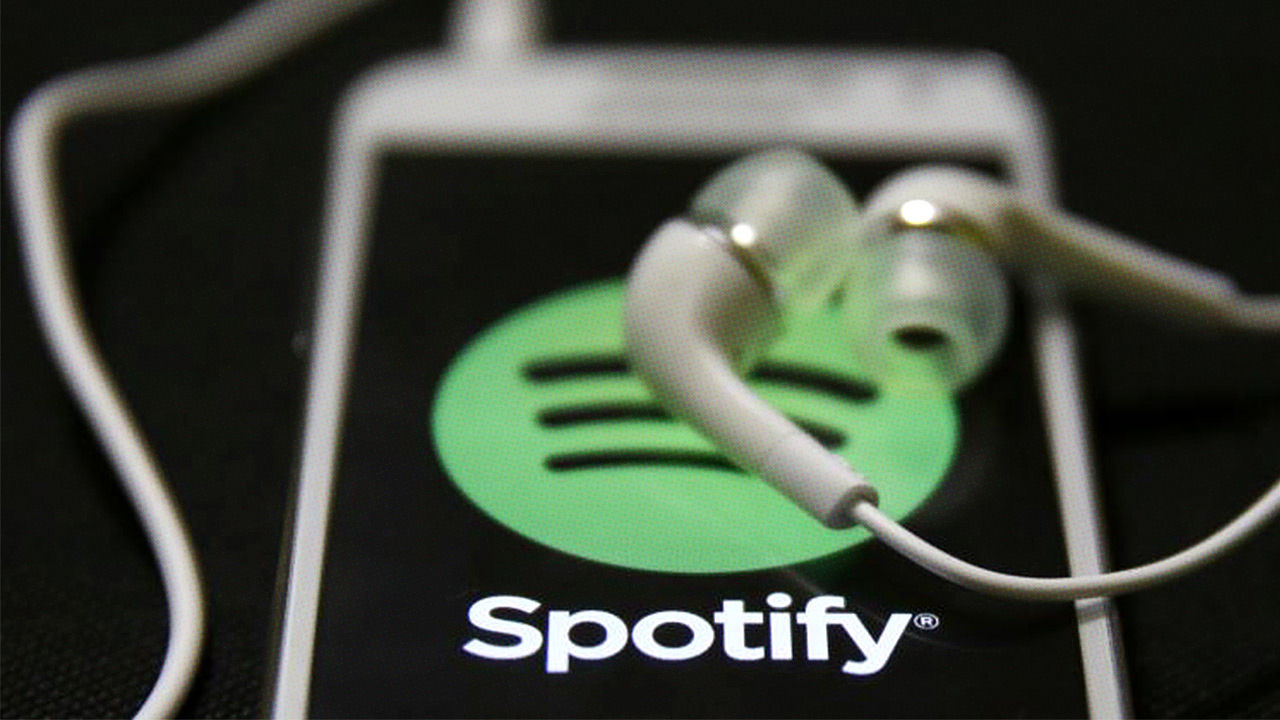
As with the Spotify example, higher bitrates are often paywalled. If you want to ensure you’re getting the best possible sound, then you may need to pay for it or switch to a different service.
If you need the highest quality sound, then lossless streaming is also possible. This is offered by services like Tidal and Deezer, and sometimes described as ‘high resolution audio’. There’s no universal definition for high resolution audio, but it generally refers to music delivered at a drastically higher bitrate than MP3; e.g. 1411 kbps for CD-quality music.
These higher bitrates could translate into better-sounding music, but given the difficulties that many listeners experience telling the difference between 320 kbps MP3 and FLAC in double-blind trials, it may largely be a matter of placebo.
What is inarguable is that you’ll use a lot more data, and for the vast majority of us on limited data contracts that will come as unwelcome news. Streaming services offering lossless or high resolution audio generally cost more than their lossy competitors too, so you’re essentially paying for that audio upgrade twice.
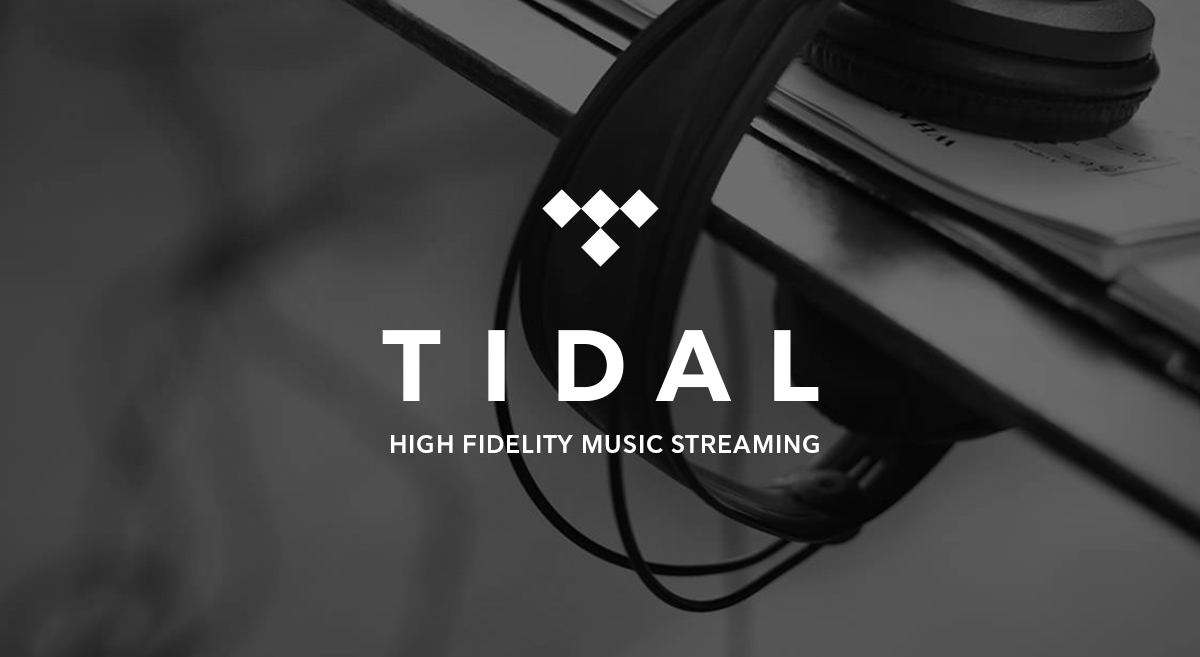
Still, if you want the best-sounding music possible, then streaming from Tidal or a similar high-resolution audio service is a worthwhile choice. Next, let’s take a look at the next step in the chain: hardware.
Wired & wireless headphones
We’ll discount speakers for now, as that’s a whole ‘nother can of worms, and instead turn our attention to headphones. There are two camps here: wired and wireless. Wired is still the more popular option, so let’s look at that first.
3.5mm headphones, DACs & amps
When it comes to wired headphones, 3.5mm is the overwhelming favourite. Based on 1/4″ phone connectors used for telephone switchboards since 1878, the venerable 3.5mm was developed around 1964, and has been included in almost every piece of consumer audio equipment since then, including smartphones.
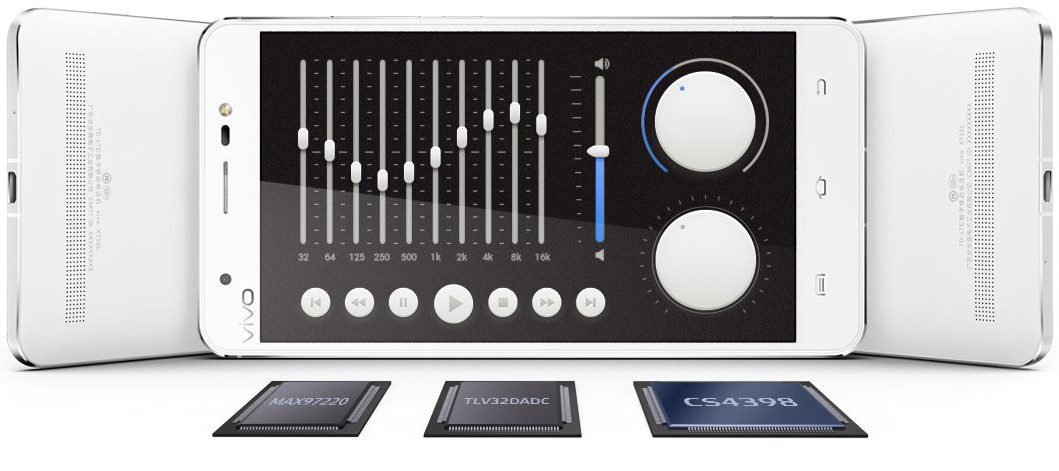
Every smartphone with a 3.5mm jack has a built-in DAC, a digital to analogue converter that takes the output of the phone’s audio software (e.g. the Linux sound engine ALSA on Android) and converts it into an analogue signal sent via an amplifier to the headphones or speakers you’ve got connected.
Many DACs are built by chipset makers like Qualcomm or MediaTek, and are shared amongst many different smartphone models. Others are produced by dedicated audio companies, like Wolfson.
Each model will have different characteristics — signal to noise ratio, dynamic range, distortion — which will affect the quality and character of the sound that comes out of the headphones, in combination with other audio hardware and software running on the phone.
External DACs
It’s also possible to connect higher-quality DACs and headphone amplifiers externally. For example, you can buy a Bang & Olufsen branded DAC module for the LG G5, which provides its own 3.5mm port and higher quality hardware.
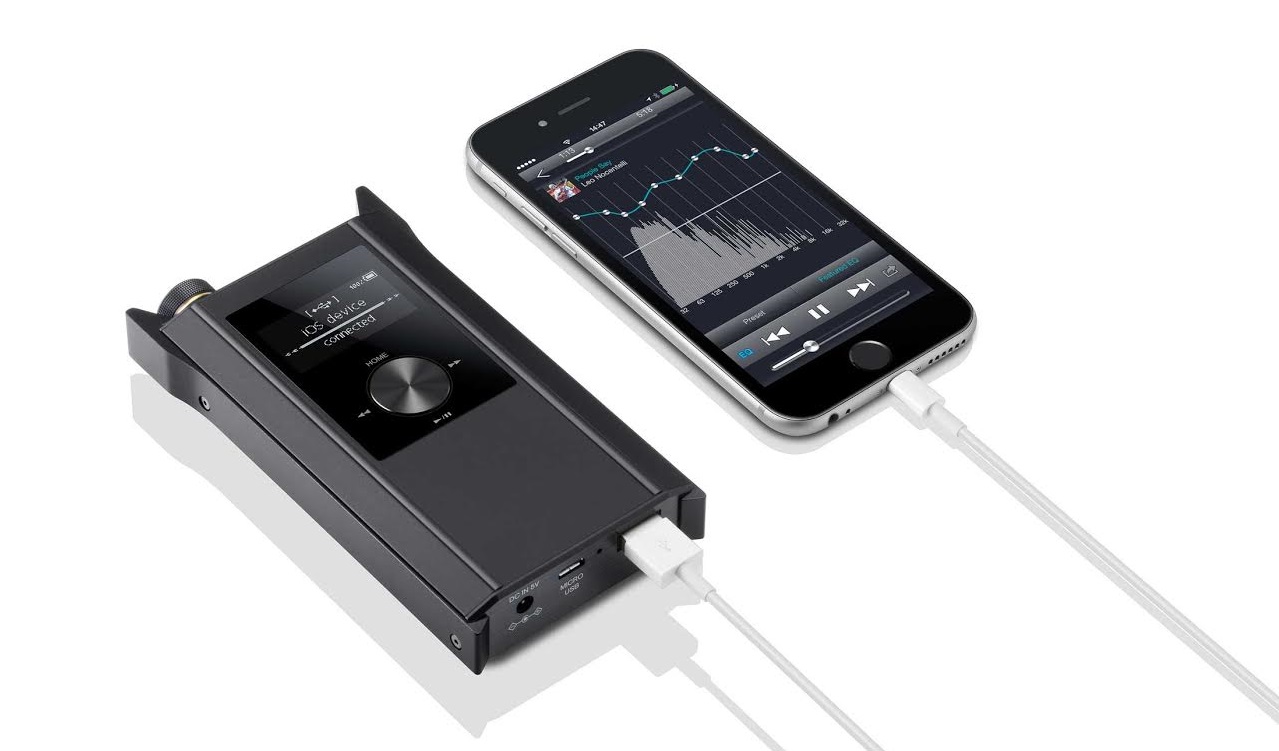
You can also connect some DACs using the micro USB, USB-C or Lightning port on your smartphone. They’re not as convenient as an internal solution, but they offer more space for expensive audio circuitry and controls.
As high-end smartphones have become more similar, audio is one way that a smartphone can stand out. That’s lead to dedicated audiophile smartphones like the Marshall London, and special efforts being made for flagship phones like the HTC 10 and LG V10. Generally, these smartphones will include custom software, more powerful headphone amplifiers, improved speakers and a more expensive DAC than you’d see on a run-of-the-mill smartphone.
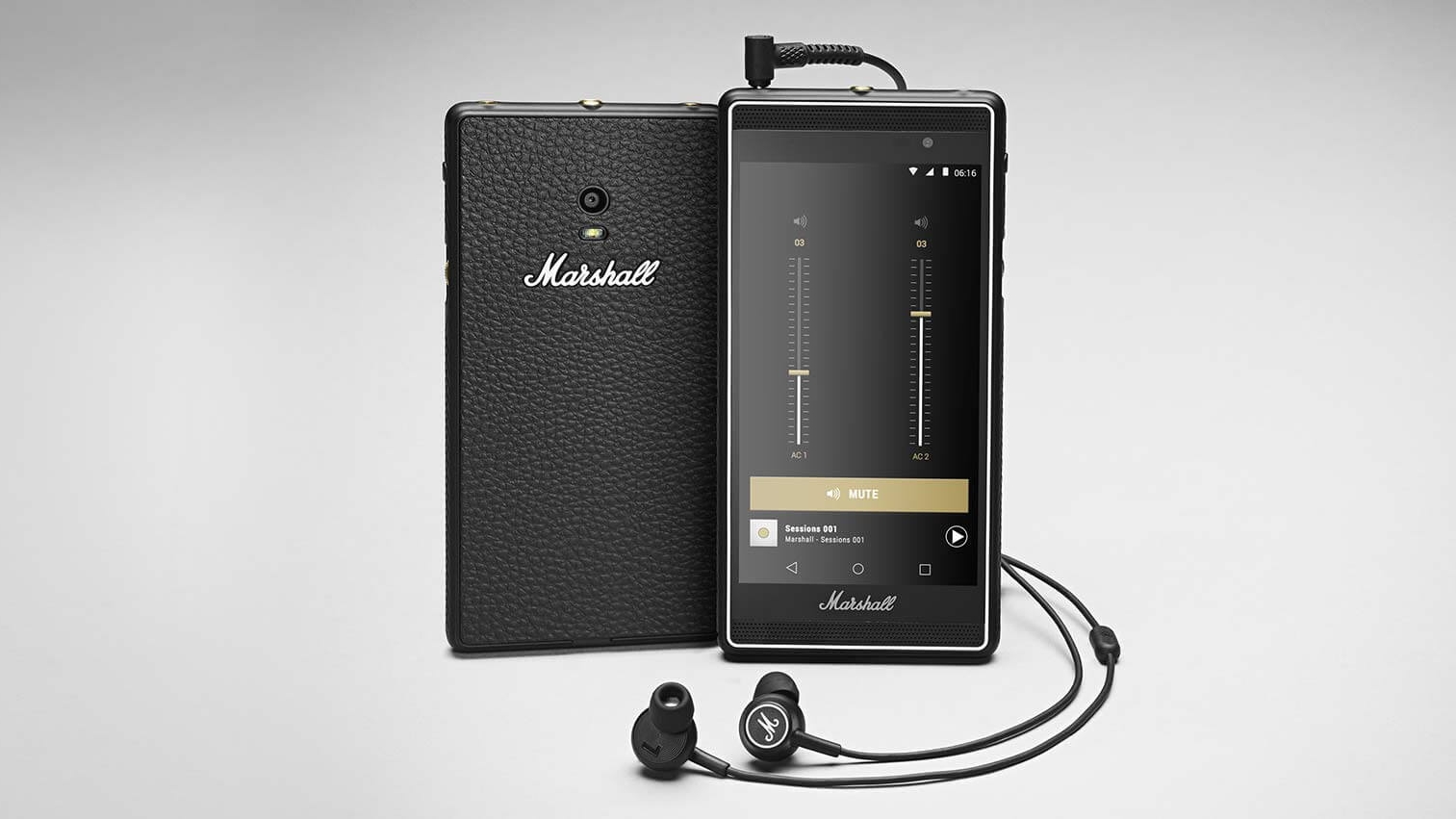
However they’re implemented, these audio improvements will allow you to better drive high-end headphones and should strengthen another weak link in the audio chain.
Lightning and USB headphones
While 3.5mm is still the audio connector of choice for almost all smartphones sold today, some Android manufacturers are moving to headphones connected by the popular USB-C standard. Apple is also rumoured to be removing the 3.5mm jack and moving to Lightning, their own wired connector. Both Lightning and USB-C headphones share common features, so we’ll tackle them together.
The primary difference here is that Lightning and USB-C are both digital connections, so smartphones don’t need to send convert digital audio to analogue before sending it to the headphones. Instead, the headphones themselves handle this task, with their own built in DAC. The DACs they use can be bigger and more expensive, thus allowing for (but not guaranteeing) better-quality sound.
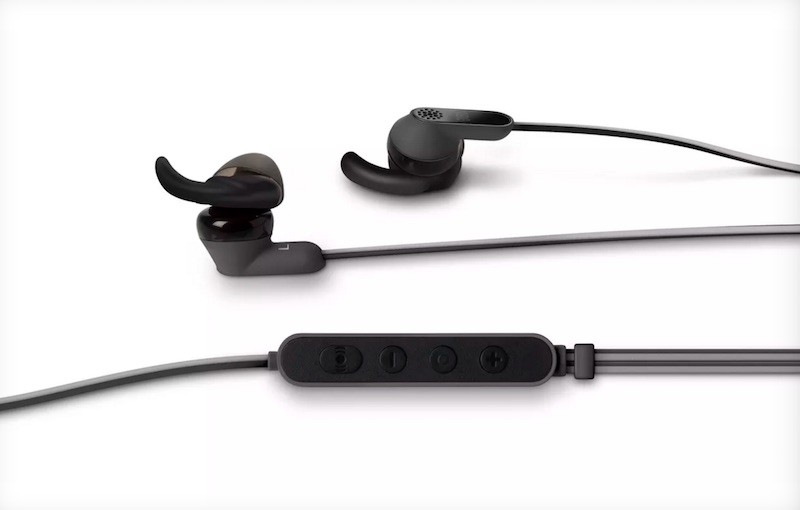
There’s also the possibility that cheap headphones could include cheap DACs, which could result in worse sound than if a smartphone’s own DAC was used. This isn’t too likely, but it does underscore the importance of choosing a good set of Lightning or USB-C headphones.
For owners of smartphones without 3.5mm ports, adapters could also be used to connect traditional 3.5mm headphones to Lightning or USB-C. We’ve seen a few of these adapters already, and these could also allow for better-quality sound, if the DACs used are of a high quality, and they’re paired with a good set of headphones.
Bluetooth headphones
Of course, part of the appeal of smartphones is that so much can be accomplished without wires. Bluetooth headphones are the most popular wireless option, and they’re worth examining in depth.
When two Bluetooth devices pair, e.g. a smartphone and a set of Bluetooth headphones, they negotiate which audio codec to use according to the A2DP standard.
By default, Bluetooth uses a compression standard called SBC, or Low Complexity Sub Band Coding. Music is compressed using SBC, transmitted, then decoded by your Bluetooth headphones. There are multiple levels of SBC which use different bitrates, and the highest level that both support is used.
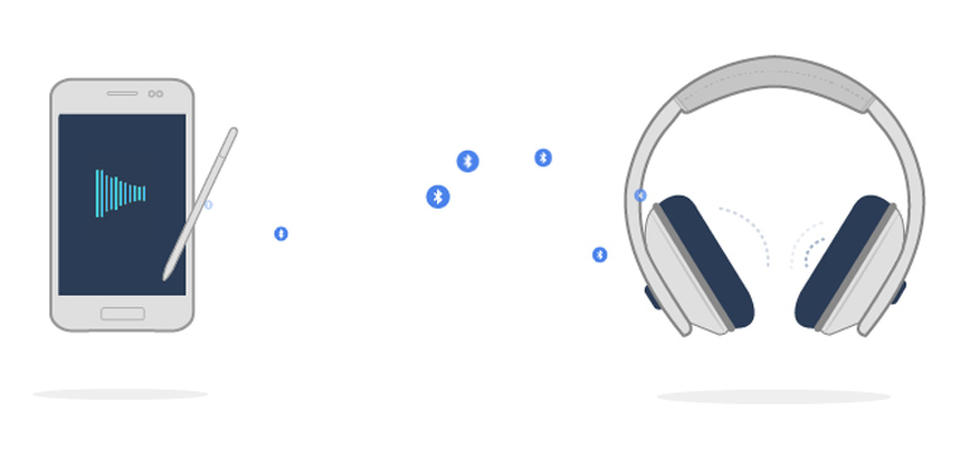
This compression is performed in addition to whatever compression you’re using for the music itself, e.g. MP3, so you may find that audio sent via Bluetooth sounds worse than over a wired connection.
The answer to this is aptX, which uses a different compression algorithm than SBC. The creators of the standard claim that it offers better quality streaming, and anecdotal evidence suggests that this is (at least perceived to be) true. To use aptX, both Bluetooth devices need to support the standard, and some smartphones do not (including the iPhone).
A2DP also supports streaming using MP3 and AAC, amongst other codecs, again assuming that both sides support this. In practice, AAC (and particularly) MP3 seem to be used infrequently by Bluetooth devices, with SBC and aptX being the most common standards in use.
If this sounds confusing, it is. There’s little transparency here; it’s hard to find out what codec is being used for any given connection. This is made doubly difficult by the fact that the codec being used may change, even between the same two devices, based on signal strength and other conditions.
Generally, the best advice we can give is you should ensure that your phone and your headphones support the Bluetooth codec you want to use, and from there just hope for the best. Regardless of what codec is used, a wired option like 3.5mm, Lightning or USB-C will offer better results if you’re looking for audiophile-quality sound — even if wireless earbuds offer tantalising convenience.
Wrapping up
So — that’s it. Audio quality is a tricky subject, but I hope we’ve shed some light on what goes on behind the scenes when you’re listening to music on your smartphone with your headphones. Remember that the audio chain is only as strong as its weakest link, and invest your money (and time) accordingly.
If you have a question or there’s something more we can cover, please write in the comments below. Thanks for your time, particularly if you read the whole thing, and we’ll catch you later!
Just what I was looking for, Thank you
Waooo! What a great post!!! I knew some concepts but you guys wrote this post for beginners like me! Excelent and thank you so much!
I think for it to make a difference you need a lightning DAC
So is it meaningless to connect an external dac between my iphone 6s 3,5mm port and headphones, if my headphones will receive audio anyway through the internal dac in iphone 6s?
I’ll have a look too.
Cheers.
I haven’t tested all of these phones, so I can’t say for sure. Apple has a pretty good reputation, though. I’d have a look at this audiophile forum, where each of these phones are discussed in detail: http://www.head-fi.org/f/
Interesting article. It also would be nice to know which are the smartphones with the best internal DACs. I know you’re referring to HTC10, LG V10, but what about iPhone 6s, SG S7, Xperia Z5 or X Perf. It would be nice to know if any of them is really worth the try for Hi-Res music or at least any noticeable difference for FLAC playback.
Cheers.